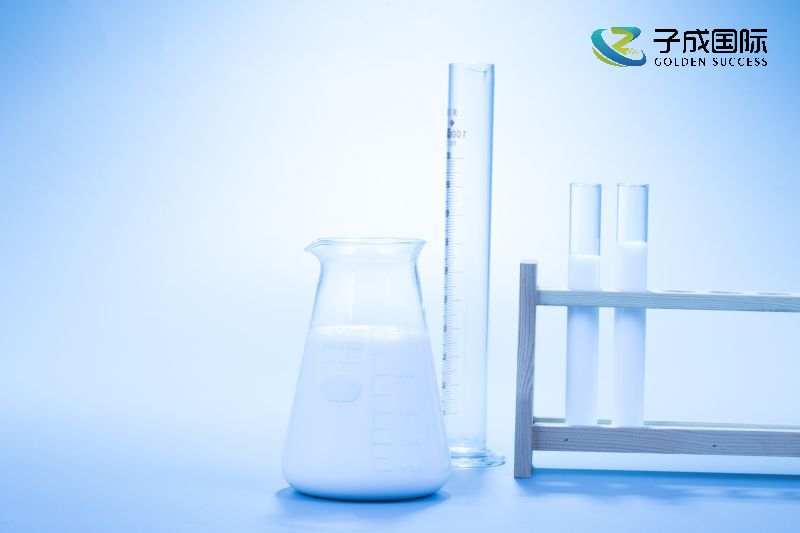The mechanism of action of leveling agents mainly involves how they improve the leveling and uniformity of liquid materials such as coatings and paints on the surface after construction. This process is complex and intricate, involving multiple physical and chemical interactions.

One of the core functions of leveling agents is to significantly reduce the surface tension of coatings. Surface tension is the macroscopic manifestation of intermolecular interactions within the surface layer of a liquid, which affects the spreading ability of the liquid on a solid surface. The active ingredients in leveling agents can interact with the molecules in the coating, reducing its surface tension and making it easier for the coating to spread on the substrate, forming a smooth coating.
The surface tension gradient is one of the main reasons for uneven coating. During the coating application process, due to factors such as solvent evaporation and temperature changes, a surface tension gradient may form on the coating surface, resulting in inconsistent surface tension in different areas. This inconsistency can lead to defects such as shrinkage and fish eyes in the coating during the drying process. Leveling agents eliminate surface tension gradients to maintain consistent surface tension in different areas of the coating, thereby avoiding the occurrence of these defects.
Leveling agents also have good surface wetting properties. It can better wet the substrate during the coating process, improve the wettability of the substrate, and enable the coating to adhere more tightly to the substrate. This wetting effect helps to form a more uniform and smooth coating, improving the overall quality of the coating.
During the drying process of the coating, wrinkles are prone to appear on the surface due to the evaporation of solvents and the shrinkage of the coating. Leveling agents can inhibit the formation of these wrinkles. It adjusts the fluidity and surface tension of the coating to keep it flat during the drying process, reducing the formation of wrinkles.
Leveling agents also have the function of regulating the viscosity of coatings. Appropriate viscosity is the key to forming good leveling properties. Leveling agents can maintain a certain degree of fluidity during the coating process by adjusting the viscosity of the coating, which helps the coating to spread evenly on the substrate and form a uniform coating film.
The migration mechanism of leveling agents is also an important aspect of their effectiveness. Leveling agents need to have a certain degree of compatibility to blend with the coating system and be able to spontaneously migrate to the surface of the paint film during the coating process. This migration process follows the "principle of minimum energy" in physics, which means that it spontaneously flows from places with high energy to places with low energy. During the migration process, leveling agents can balance the tension differences on the surface of the paint film, eliminate surface defects, and make the paint film surface smoother.
In summary, leveling agents improve the leveling and uniformity of coatings and enhance the overall quality of coatings by reducing surface tension, eliminating surface tension gradients, promoting surface wetting, inhibiting surface wrinkling, adjusting coating viscosity, and migration mechanisms. In the production and use of coatings, it is necessary to choose the appropriate type and dosage of leveling agent according to different materials and application scenarios to achieve the best leveling effect.

 English
English
 Chinese
Chinese Vietnamese
Vietnamese
 HOME
HOME
 PRODUCT
PRODUCT
 NEWS
NEWS
 CONTACT
CONTACT


